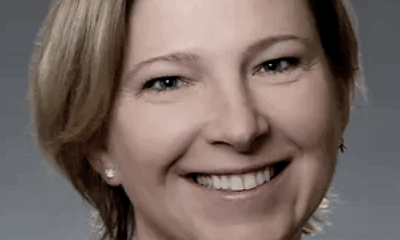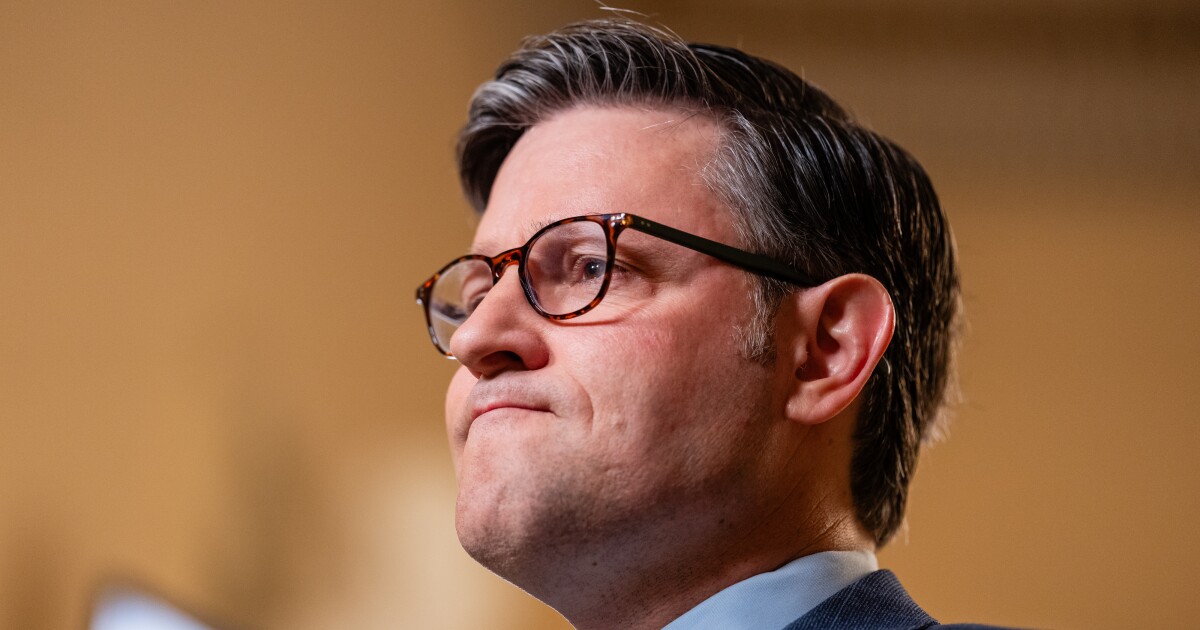Enjoy complimentary access to top ideas and insights — selected by our editors.
We haven’t hit extension season yet, so now is a great time to look at three important operations within your firm: sales, onboarding and service. Your “SOS” process refers to how you attract new clients to your firm, what you do to get them on board, and what you’re doing to keep them onboard.
Chances are, at least one of your three SOS areas could use some improvement. Let’s take them one at a time:
1. Sales: This is where a prospective client hears about your firm via a referral or online research. This is where you first make promises to the prospect and move them to the point at which they say: “Yes, let’s start working together,” and they sign an agreement. If you’re not getting the right clients at your firm, your sales process might be an area to revisit. More on that in a minute.
2. Onboarding: This is the most time-intensive stage for your staff and for your clients. It’s where you walk new clients through the initiation process and get them familiar with your systems, your portal and other technology you use to make the client experience great. Onboarding is where expectations get set for your working relationship, including how long it will take you to respond to calls and how clients should deliver relevant information to your firm.
3. Service: Once a new client is onboard, you must deliver all the things you promised during the sales process.
Most CPAs have plenty of business these days, but don’t feel they have enough of the right kinds of clients and they’re getting too many of the wrong kinds of inquiries from prospects. If that sounds like you, maybe it’s time to rethink how you’re defining your target client and how you’re going about reaching them.
On the other hand, you might be bringing in the right types of clients, but your onboarding process is a mess, and you have too many people going in too many different directions trying to put out fires. Perhaps you’re spending way too much time trying to set and reset expectations. That’s not sustainable in the long term. If those issues are not addressed ASAP, your team will get burned out and clients will defect.
My own SOS experience
When we went through the SOS exercise at our firm, we found it useful to start with the end in mind and work backward from there. First, we asked ourselves: “Who is the ideal client for us to serve and what does the service model look like for the ideal client?” Once we clarified the ideal client and service model, we asked ourselves: “What do we need to be delivering? What resources do we need to bring to bear and how should our staff be allocated?”
In order for the ideal service model to take place, we knew we had to take a closer look at our onboarding process to make sure clients were aware of the tools we use to make their experience great and how best to use those tools. We asked ourselves: “How can we get the clients connected to the right team members so they can go to the right people at the right time?”
Then we went to the sales process. We asked ourselves: “How do we target those people? What are they benefiting from? How do we position it and how do we price it?”
After going through the SOS exercise, our firm realized we not only needed a minimum annual fee for each client, but also an account maximum. Everyone is familiar with minimums. This is a fee level you need to justify working with a new client. But what’s a fee maximum? At a certain point, a client can get too large to handle as their needs start stretching your resources to the breaking point and pulling your firm in too many directions. Sound familiar? For us, the idea of having too few clients accounting for too large a large portion of our revenue was risky. So, we decided to diversify.
As the old saying goes, when one huge client does a cannonball in the pool, everyone gets wet — including the people outside the pool. What’s more profitable: servicing a single huge client or 10 of your ideal clients? You may find that serving 10 of your ideal clients is better, because you can run through the same processes and run through the same team.
Again, start with the end in mind and work backward from there: service/onboarding/sales.
Your service model is about answering important questions such as:
- “What do we want our team staff structure to look like?”
- “What kind of relationships do we want them to have with clients?”
- “How often should we be contacting them?”
- “What should we be delivering on an ongoing basis?”
Again, your onboarding is about determining which tools you need to have in place, and how you can get clients to understand those tools and use them better. How can you communicate with clients and set expectations? Make sure they’re clear about how they should get certain information to your team or get important information back from your team.
Sales is about identifying the right kind of clients to work with and pricing your services correctly so they’re profitable for the firm and valuable to the client.
Firms need to understand that they have three distinct segments to their business, and it can get overwhelming if you lump them all together. But by breaking them down into distinct units and improving your processes and client experience in each, you can really streamline the process of making new clients aware of your firm, getting them on board, and keeping them on board.
How are you attracting, onboarding and serving clients? I’d love to hear from you.


 Blog Post7 days ago
Blog Post7 days ago
 Economics1 week ago
Economics1 week ago
 Finance1 week ago
Finance1 week ago
 Economics1 week ago
Economics1 week ago
 Economics1 week ago
Economics1 week ago
 Finance1 week ago
Finance1 week ago
 Personal Finance1 week ago
Personal Finance1 week ago
 Accounting1 week ago
Accounting1 week ago












